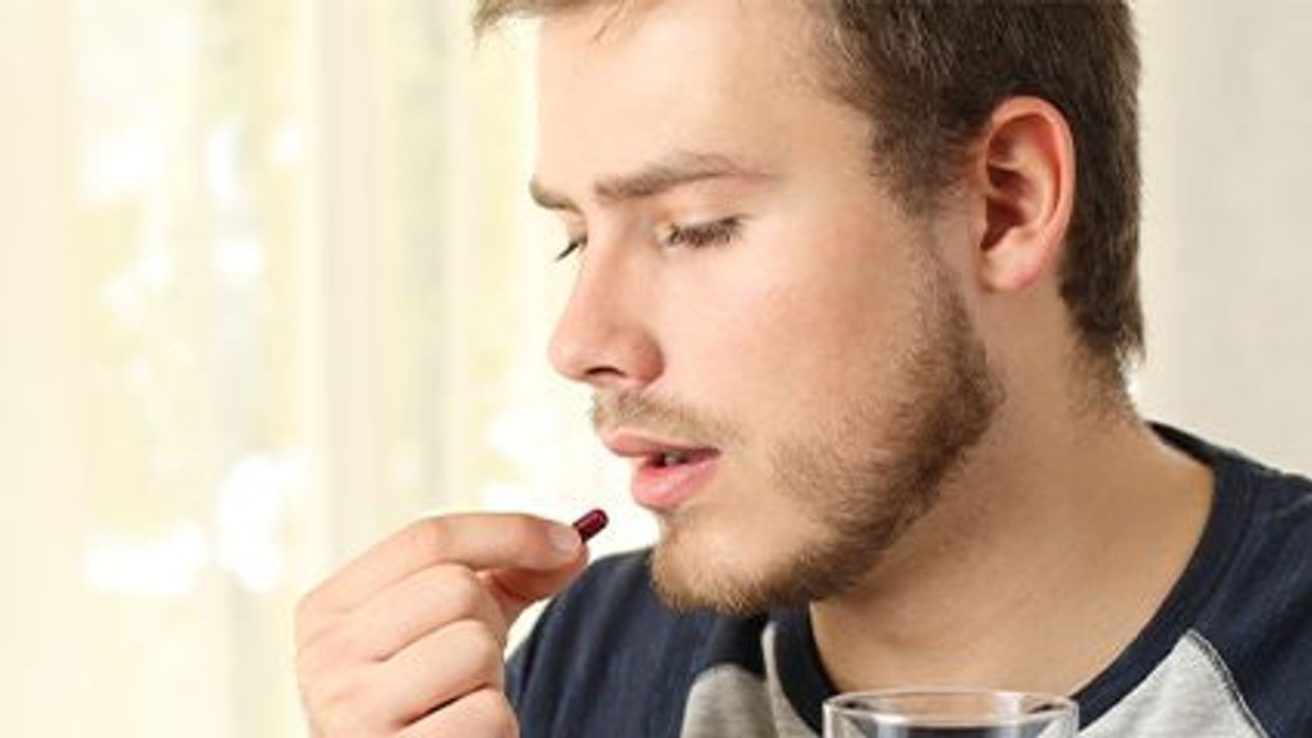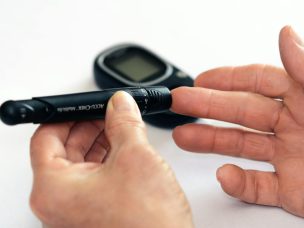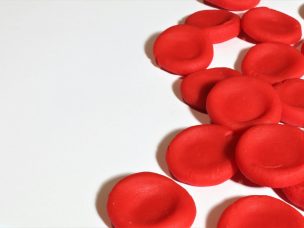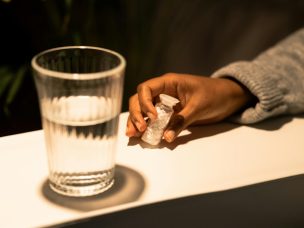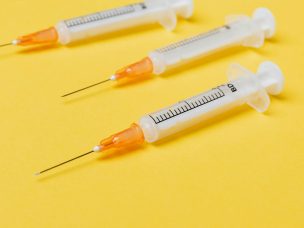MONDAY, March 8, 2021 (HealthDay News) — Eleven percent of trans men using testosterone have erythrocytosis (more than two measurements of hematocrit >0.50 L/L), according to a study published online Feb. 18 in the Journal of Clinical Endocrinology & Metabolism.
Milou Cecilia Madsen, M.D., from Vrije Universiteit Amsterdam, and colleagues examined prevalence and determinants in the development of erythrocytosis in 1,073 trans men using testosterone in a 20-year follow-up study.
The researchers found that erythrocytosis occurred in 11, 3.7, and 0.5 percent of trans men with hematocrit >0.50, >0.52, and >0.54 L/L, respectively. Associations with hematocrit >0.50 L/L were seen for tobacco use (odds ratio [OR], 2.2), long-acting undecanoate injections (OR, 2.9), age at initiation of hormone therapy (OR, 5.9), body mass index (OR, 3.7), and pulmonary conditions associated with erythrocytosis and polycythemia vera (OR, 2.5). Hematocrit increased most in the first year of testosterone therapy: 0.39 L/L at baseline to 0.45 L/L after one year. In the following 20 years, there was only a slight continuation of this increase, but the probability of developing erythrocytosis still increased (10 percent after one year; 38 percent after 10 years).
“The results of this study show the largest increase in hematocrit in the first year after initiation of testosterone therapy, with a slight continuation of this increase up to 20 years,” the authors write.
Abstract/Full Text (subscription or payment may be required)
